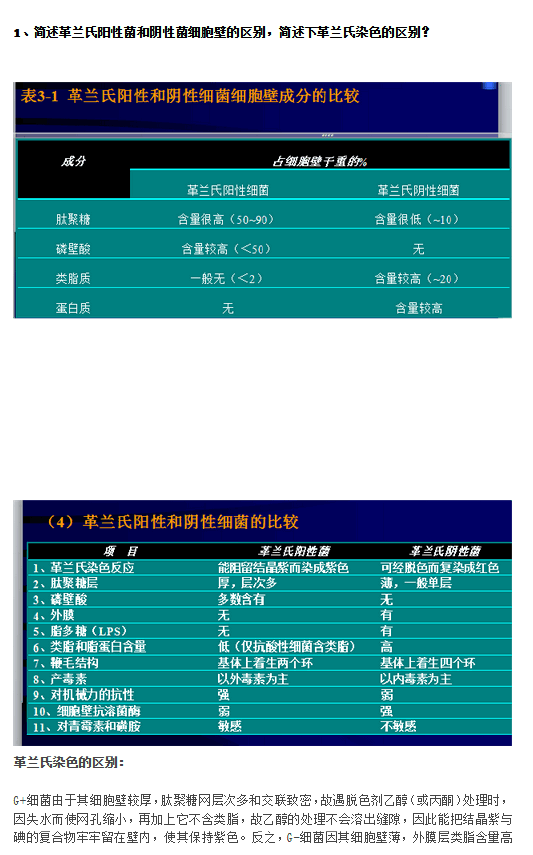

1、用英文说明细菌在食品中的利与弊?
在自然界中细菌是分布最广、数量最多的一类生物,并与食品关系最为密切。是食品理论、工业发酵和酿造研究的主要对象,也是导致食品腐败的主要类群。
细菌在食品中的应用有3种方式:①菌体的应用。食用菌就是受人们欢迎的食品;乳酸菌可用于蔬菜和乳类及其他多种食品的发酵,所以,人们在食用酸牛奶和酸泡菜时也食用了大量的乳酸菌;②细菌代谢产物的应用。人们食用的食品有的是经过微生物发酵作用的代谢产物,如酒类、食醋、氨基酸、有机酸等。③酶的应用,如豆腐乳、酱油。酱油就是利用细菌产生的酶将原料中的成分分解而制成食品。
细菌引起的食品有害因素主要是食品的腐败变质,因而使食品的营养价值降低或完全丧失。有些细菌是使人类致病的病原菌,有的细菌可产生毒素,如果人们食用含有大量病原菌或含有毒素的食物,则可引起食物中毒,影响人体健康,甚至危及生命。
Bacteria are the most widely distributed and abundant species in nature and are most closely related to food. is the main object of food theory, industrial fermentation and brewing research, and is also the main group leading to food corruption.
There are three ways to use bacteria in food :1 application of bacteria. Edible fungus is a popular food; lactic acid bacteria can be used in the fermentation of vegetables and milk and many other foods, so people also eat a large amount of lactic acid bacteria when eating sour milk and pickled vegetables ;2 the application of bacterial metabolites. Some foods that people eat are metabolites that undergo microbial fermentation, such as alcohol, vinegar, amino acids, organic acids, etc. Application of enzymes such as tofu milk and soy sauce. Soy sauce is to use the enzymes produced by bacteria to break down the ingredients in the raw materials to make food.
The harmful factor of food caused by bacteria is mainly the spoilage of food, so that the nutritional value of food is reduced or completely lost. Some bacteria are pathogenic bacteria, some bacteria can produce toxins, if people eat food containing a large number of pathogens or toxins, it can cause food poisoning, affect human health, and even endanger life.

有病吧圈钱也不带这样圈,原来还能看
不喜欢可以不看,好吧!或者小程序"考研云"上面可以免登陆查看